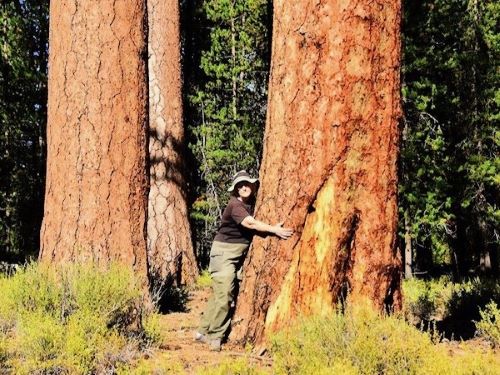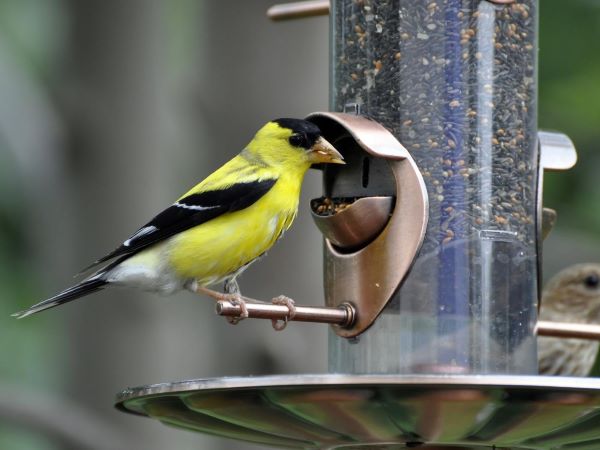Our Habitat Haven volunteers have begun site visits and been enthusiastically received. At the start…
 In early November, Lane County Audubon hosted the 2019 Oregon Audubon Council (OAC) in Eugene. In attendance were representatives from nine of the twelve Oregon chapters as well as representatives from Washington State Audubon. The goal of the annual OAC meetings is to bring together state chapter members in order to discuss conservation concerns, to receive progress updates on ongoing issues, and to determine how we can best help to make a difference.
In early November, Lane County Audubon hosted the 2019 Oregon Audubon Council (OAC) in Eugene. In attendance were representatives from nine of the twelve Oregon chapters as well as representatives from Washington State Audubon. The goal of the annual OAC meetings is to bring together state chapter members in order to discuss conservation concerns, to receive progress updates on ongoing issues, and to determine how we can best help to make a difference.
By protecting habitat through multiple strategies, including those summarized below, Audubon chapters work to protect birds, other wildlife, and the environment in general. They also prioritize several species of concern. Among these are Marbled Murrelets, Greater Sage Grouse, California Condors, and Streaked Horned Larks. Although each chapter focuses on concerns as they come up throughout the year, conference participants identify priority issues that benefit from a collaborative approach. Some of these are outlined below.
Defense of Federal Lands and Laws. The goal is to join with local, state, and national groups in opposing the weakening of protective environmental laws such as the Migratory Bird Treaty Act, Endangered Species Act, Clean Water Act, and National Environmental Policy Act. In good news, pushback from our chapters recently resulted in the exclusion of the Cascade Siskiyou National Monument and Wilderness Areas from a Management Plan that emphasizes large-scale logging.
Klamath National Wildlife Refuges. State Audubon chapters continue to work towards adequate water supply for these wildlife refuges. Klamath Basin includes more than 350,000 acres of wetlands and provides habitat for one of the largest concentrations of waterfowl in the world. Unfortunately, most of the basin’s wetlands have been drained to make way for agriculture, and two of the Klamath Refuges devote significant portions of their acreage to lease-land farming.
Malheur National Wildlife Refuge. Audubon representatives continue collaborative work with several stakeholders on the refuge’s “Comprehensive Conservation Plan.” Outreach has been successful this year as staff builds engagement and support for Malheur-related efforts through field trips, presentations, and work parties. The number of visitors at the refuge is up.
Forest Conservation at Multiple Levels: Federal, State, and Private. Chapters around the state push back on ill-advised timber proposals for federal and state public lands and, frequently, on the weakening of protections for forest habitat and waters. Members of Audubon are closely watching the transfer of state forest land management of the Elliott State Forest. The Oregon Forest Practices Act administered by the Oregon Department of Forestry is widely recognized as having the weakest forest protections on private lands among the west coast states. We support solutions to improve private forest practices.
Ocean Protection. Audubon members continue efforts to support the Oregon Marine Reserve system and to positively impact rocky shore habitat through the revision process of the Oregon Territorial Sea Plan. This year, one state House Bill banned offshore drilling along Oregon’s coast and another protected marine life by reducing the use of disposable plastic straws and bags.
Climate Change. Chapters educate on issues related to climate change. We advocate for effective clean energy siting and against environmentally harmful fossil fuel facilities. Our forest advocacy plays a role here. In addition to providing habitat to more wildlife, structurally complex forests sequester more carbon (Christopher et al., 2019).
Much like roosting crows, we benefit from the exchange of information at our gatherings. Thanks to Maeve Sowles for making arrangements for the meeting. It’s always heartening to be in a room full of people who care passionately about the environment.



